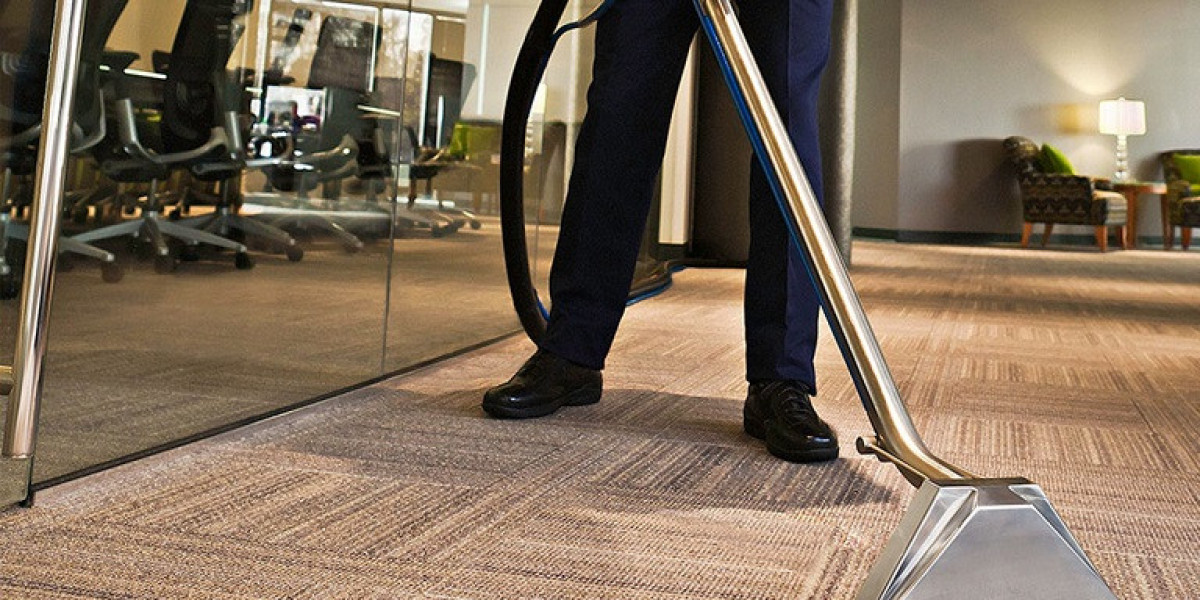
Window installation is a vital component of home improvement and construction, impacting not only the aesthetic appeal of a building but also its energy efficiency and structural integrity. This article aims to provide a comprehensive overview of window installation, covering essential techniques, tools, and best practices to ensure a successful project.
Understanding Window Types
Before delving into the installation process, it is crucial to understand the various types of windows available in the market. Common types include:

- Double-Hung Windows: Featuring two operable sashes that slide vertically, these windows are popular for their traditional design and ease of cleaning.
- Casement Windows: Hinged on one side, casement windows open outward, providing excellent ventilation and unobstructed views.
- Sliding Windows: These windows slide horizontally, making them ideal for spaces with limited room for outward-opening windows.
- Awning Windows: Hinged at the top, these windows open outward and are often used in combination with larger fixed windows.
- Bay and Bow Windows: These are more complex installations that extend outward from the home, creating a nook and allowing for additional light.
Tools and Materials Required
Successful window installation requires a specific set of tools and materials. Here’s a list of essentials:
- Tools:
- Level
- Utility knife
- Screwdriver (both Phillips and flathead)
- Hammer
- Pry bar
- Caulking gun
- Drill and drill bits
- Safety goggles and gloves
- Materials:
- Shims (to ensure proper leveling)
- Insulation (foam or fiberglass)
- Caulk (for sealing)
- Flashing tape (to prevent water intrusion)
- Trim and molding (for finishing)
Preparatory Steps
Before beginning the installation, it is essential to prepare the area properly:
- Remove Old Windows: Carefully remove the existing window, taking care not to damage the surrounding structure. Use a pry bar and utility knife to detach any trim and caulk.
- Inspect the Opening: Check the window frame for damage or rot. Make necessary repairs before proceeding.
- Measure Accurately: Measure the width and height of the window opening to ensure the new window fits correctly. It is advisable to take measurements at multiple points, as frames can be uneven.
Installation Process
The installation process can vary slightly depending on the type of window being installed, but the following steps provide a general guideline:
- Dry Fit the Window: Place the new window into the opening to check for fit. Make sure it sits evenly and is level.
- Install Shims: If the window does not fit snugly, use shims to adjust the fit. Place shims at the sides and bottom of the window frame to ensure it is level and plumb.
- Secure the Window: Once the window is positioned correctly, secure it with screws. Start with the top screws, then move to the sides, and finally the bottom. This sequence helps maintain the window's position.
- Insulate: Fill any gaps between the window frame and the rough opening with insulation. This step is crucial for energy efficiency and preventing drafts.
- Seal with Caulk: Apply a bead of caulk around the exterior edges of the window frame. This will help create a watertight seal and prevent moisture intrusion.
- Install Flashing: If applicable, install flashing tape over the top of the window, extending down the sides to direct water away from the opening.
- Finish the Interior: Once the window is secured and sealed, install any interior trim or molding to complete the look.
Post-Installation Considerations
After installing the window, there are several considerations to keep in mind:
- Check for Leaks: After the installation, it’s advisable to check for air leaks or moisture intrusion. This can be done by running your hand around the edges of the window to feel for drafts or using a smoke pencil.
- Paint and Finish: If the window frame requires painting or finishing, ensure that this is done after caulking and sealing to protect the materials.
- Regular Maintenance: Regular checks and maintenance of windows are essential to ensure longevity. This includes cleaning the tracks, checking seals, and ensuring that any hardware operates smoothly.
Conclusion
Window installation is a task that can significantly enhance a home’s comfort, efficiency, and curb appeal. By understanding the types of windows available, gathering the right tools and materials, and https://businessoutstanders.com/home-improvement/bespoke-window-installation-harpenden-guide following a systematic installation process, homeowners can successfully undertake this project. Whether hiring a professional or tackling the job as a DIY endeavor, proper planning and execution are key to achieving a successful window installation. With the right approach, new windows can provide years of beauty and performance for any home.







